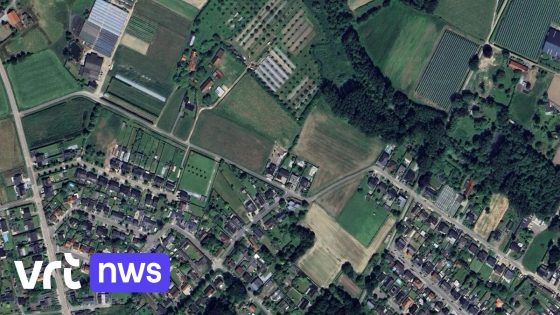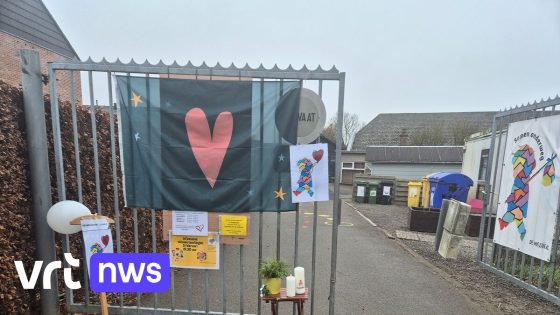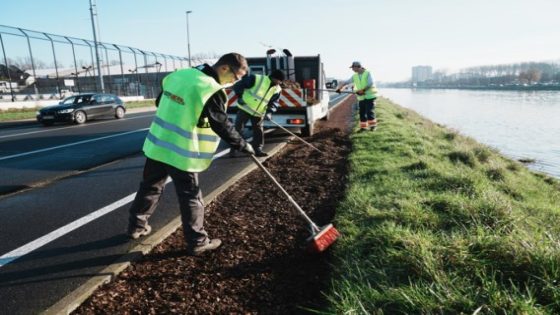On February 24, 2025, Emblem is losing agricultural land to compensate for forest areas being cleared for the Brussels Ring project. This raises an important question: how do we balance development with environmental preservation? The initiative, led by De Werkvennootschap, aims to plant new forests near areas where trees are removed, although this isn’t always feasible.
- New forests preferred near disappearing woods
- Afforestation in Emblem by De Werkvennootschap
- Large projects executed throughout Flanders
- Tree removal is sometimes unavoidable
- Compensation for tree loss is regulated
- Compensation may occur at different locations
Understanding Forest Compensation Efforts in Belgium
Why is it necessary to compensate for lost forests? As urbanization continues, projects like the Brussels Ring often lead to tree removal. However, compensatory measures aim to mitigate ecological damage. In Emblem, while efforts are made to plant new trees close to where they were cut down, logistical challenges can force these initiatives further away.
The Role of De Werkvennootschap in Environmental Projects
De Werkvennootschap plays a crucial role in managing large-scale projects across Flanders. Their commitment includes minimizing tree removal whenever possible. When cutting down trees is unavoidable, they ensure compliance with regulations by implementing compensatory measures.
The Importance of Localized Tree Planting Initiatives
Localized tree planting helps maintain biodiversity and supports wildlife habitats. While it’s ideal for new forests to be planted near affected areas, various factors can complicate this process:
- Land availability constraints
- Regulatory requirements
- Diverse ecological needs
- Community involvement and support
The Future of Urban Development vs. Environmental Preservation
This conflict between urban growth and environmental sustainability poses critical questions for communities worldwide. How can cities expand while preserving their natural landscapes? Engaging local stakeholders and prioritizing green spaces could pave the way for more balanced solutions.































![Binance Coin [BNB] Price Surge Ahead: Crucial Levels to Monitor Amid Market Shifts](https://news.faharas.net/wp-content/uploads/2025/02/Binance-Coin-BNB-Price-Surge-Ahead-Crucial-Levels-to-Monitor.webp.webp)